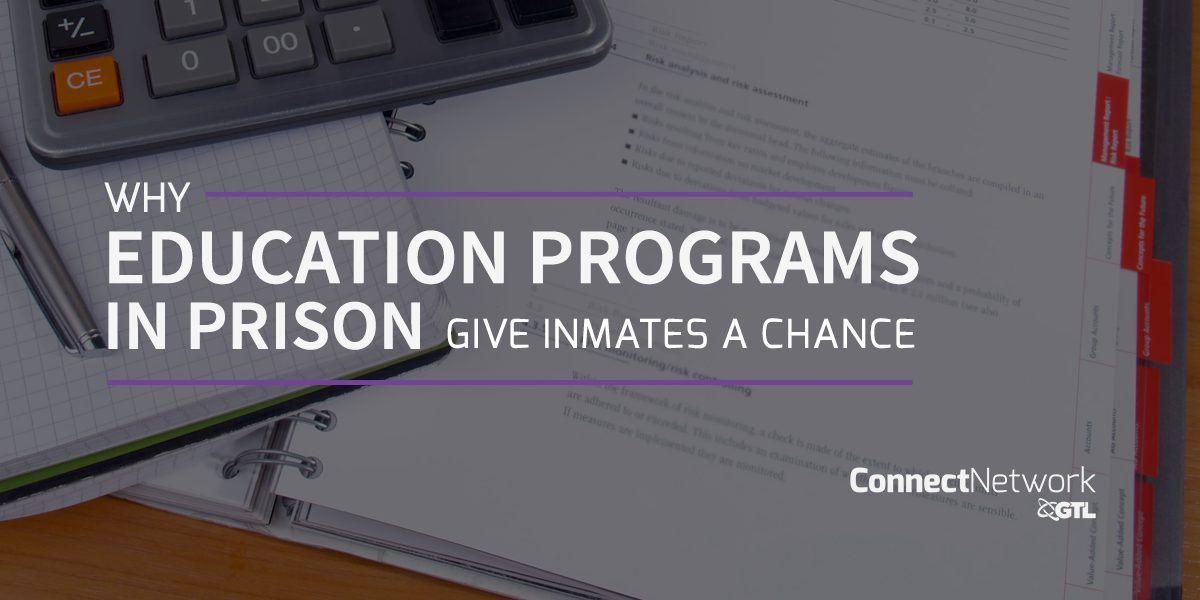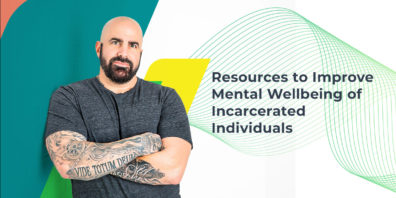Why Education Programs in Prison Give Inmates A Chance
août 16, 2016
“Knowledge is Power.”
The widely used quote from Sir Francis Bacon takes on new meaning, when applied to former inmates who have been part of education programs in prison.
Oftentimes, inmates enter prison without a high school diploma. Previous circumstances have kept them from furthering their education. This may have limited opportunities, and at times played a role in their incarceration.
We know that a wide variety of factors play a role in why some former prisoners succeed after their sentence, while others commit new crimes. However, it is proven that a lack of education and the skills gained during the learning process are a key reason.
The education programs in prison help to give inmates a second chance.
With the recent announcement from The United States Departments’ of Education and Justice about Pell Grants, second chances are more likely than ever.
The Second Chance Pell Pilot will open up the opportunity for about 12,000 inmates to apply for Pell grants for the first time in nearly 24 years. So far, The Obama Administration has more than 200 schools in 47 states expressing interest in participating.
Pell Grants are specific for college level education. For inmates who have yet to earn their GED, many facilities offer courses free of charge. Continuing on to college level courses creates a financial strain that the newly reinstated Pell Grants will alleviate.
Education Programs in Prison: By The Numbers
It has always been widely known that education programs in prison play a large role in reducing recidivism. A study by the Rand Corporation in 2013 found the following:
- Inmates who participated in educational programs were 43% less likely to commit a crime and return to incarceration within three years than those who did not.
- Inmates who participate in education programs in prison increased the likelihood of obtaining employment by 13% (as compared to inmates who did not participate) once released.
During a trip to a prison in Maryland, Education Secretary Arne Duncan explained that of the “700,000 prisoners released each year, more than 40 percent will be back behind bars within three years.”
He stated this surprising fact to remind us that with access to education, the number decreases dramatically—to 16%.
Additionally, he noted that studies estimate “for every dollar invested in prison education programs, this saves taxpayers on average $5”. These figures are in direct relation to the money going into the economy from a contributing member of society vs. money going towards housing that member of society in a prison.
A Bigger Debate Over Inmate Education Programs
Though many agree education programs in prisons are absolutely crucial, there are those who oppose it.
According to U.S. Rep. Chris Collins, “It’s an affront to taxpayers and parents”. Because Pell Grant funds for inmates come from the funds previously earmarked for outgoing high school students, the debate exists.
Collins claims he doesn’t dispute the value of education programs in prison, but taking those funds from a middle class family’s high school graduate is a problem.
A big problem is the mentality that education provided for inmates isn’t equally as valuable as the education provided for any other group.
The studies prove that inmates armed with newfound knowledge, life skills and confidence re-enter society and contribute.
Studies also prove that when an ex-prisoner returns to the community, that person no longer costs the taxpayers $35,000 or more a year.
In reality, an ex-inmate makes an even greater positive impact on the local economy than the former cost of his incarceration because he or she maintains a job, pays taxes and spends money into that economy.
Volunteered Knowledge
While inmates await Pell Grant opportunities, education programs in prison are often supplemented with courses and lectures given by dedicated volunteers.
The Prison Education Project Organization (known as PEP) operates out of California. According to their website, PEP has serviced approximately 4,000 inmates in their facilities with the help of 700 university student and faculty volunteers facilities since 2011. PEP is the largest volunteer-based prison education program of its kind in the United States.
In New York, volunteers interested in sharing their knowledge through courses and programs can learn about application processes directly on the NYDOC website.
In Florida, the Horizon Communities’ volunteers and donors have created The Horizon Computer Lab—a key resource.
There, inmates who have never touched a computer can learn technical skills that are absolutely necessary to thrive once they re-enter society. Inmates who excel in this program help create new course materials, publish an institutional newspaper and support other related programs within the prison.
Conclusion
Education programs in prison are helping give the power of knowledge to inmates.
The goal is that they use their knowledge to become productive members of society after serving a sentence.
Posted In: Blog



